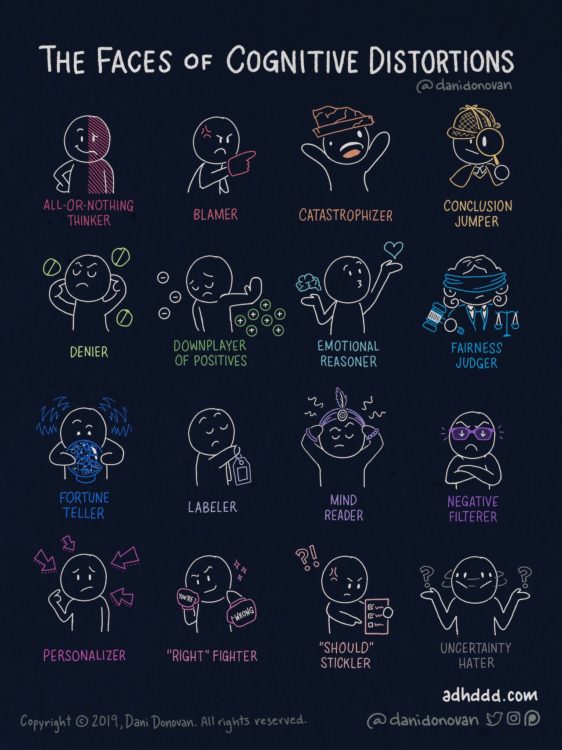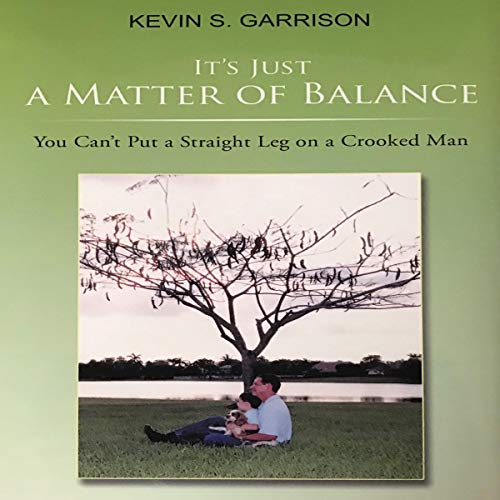
Caring for someone recovering from an amputation is an emotional roller-coaster. While the focus is on the care recipient’s needs, the caregiver is left in the shadows. Physicians refer to this as a caretaker syndrome, which leads to post-traumatic stress disorder (PTSD.) Caregivers feel anxiety, fear, and guilt, which escalate till it is overwhelming. Caretaker PTSD explodes suddenly and often unexpectedly. Reducing Your Significant Other’s PTSD is an important part of your journey.
Caretakers who struggle with PTSD need support to overcome feelings of being trapped and ineffective. Burnout is the tip of the iceberg. They need counseling, respite care, and education about PTSD. They must recognize that they too need help. Prioritizing their mental and emotional well-being is essential for caretakers to provide the best possible care for their loved ones.
PTSD Symptoms to Look For
Caregivers feel survivor guilt. They don’t recognize that they have PTSD until these feelings overwhelm them. Beware when they report having flashbacks to the trauma that caused your amputation. Flashbacks are like icebergs where the real intensity of their depression is hidden and deeply disturbing. Most importantly they interfere with taking care of you the amputee.
Caregivers with PTSD may find their lives are withdrawn even antisocial as they concentrate on their caregiving. They may feel overwhelmed by the loss of control in their lives while caring for their loved ones. Furthermore, caretaker PTSD becomes physical facing unbearable headaches, stomach aches, and fatigue. As an amputee, you must pay acute concern if some of these symptoms before they become overwhelming,
Disrupted sleeping is the first symptom caregivers first notice in their PTSD. Nightmares turn into night terrors. They wake up in a cold sweat and are on high alert for the rest of the night. Caregivers may not have the traumatic event that typically initiates PTSD. Prolonged caregiving is like a slow boil not felt till it is overwhelming. Because of the intensity, it leads to exhaustion.
Reducing Your Significant Other’s PTSD
f your significant other shows signs of PTSD, you must intervene. You need to initiate an honest conversation, listen, and validate their feelings. They may be reluctant to talk but it is crucial to take their feelings seriously. You must develop new plans together that allow them to recharge and be more in control of their lives. Having someone to relieve them will help.
You also should review your physical and psychological recovery. Together you must reexamine your dependency on them both physically and psychologically. You can help by controlling your behavior and attitude to minimize their stress. You must educate yourself about PTSD symptoms and effective ways to support your partner. Confront PTSD and how it is affecting them.

If your significant other shows any of these symptoms of PTSD or is worried about them, you need to encourage sharing those feelings with you or a professional therapist. You must not judge them or try to make them go away. Instead, you need to see if you somehow are adding to the stress. The intensity of their expression may startle you.
When someone has PTSD, talking about it can be difficult. It can worsen their symptoms, and it can make them relive the trauma. It is better to be there listening and not making judgments to allow them to decide whether or not they wish to share with you some of the feelings that have been bothering them. Everyone with PTSD needs to feel comfortable sharing their experiences in their own time and at their own pace. Don’t rush to reduce your significant other’s PTSD.
Listening is critical for social support. You should not push them into talking, let them know you’re there when they’re ready to talk. Practicing active listening shows you understand and accept what they feel. Don’t try to compare your feelings or experiences with those of your significant other. Even if you’ve experienced PTSD, you don’t have to say you understand because maybe you don’t know their exact experiences. Listening is enough. It is often challenging for people with PTSD to open up because they fear judgment. They might worry about what people will think of them. They may be concerned that if they show some of their hardship, they will no longer be able to take care of you.
It is essential to learn about their triggers. That trigger can be anything that spurs a fear response in someone with PTSD. It can be something that, to you, is very ordinary, but it reminds a person with PTSD of their past trauma. Everyone’s triggers are unique and specific to their experience. Talk to your significant other about what causes PTSD symptoms for them.
PTSD triggers can be sounds, smells, and situations. It strikes fear, anger, or depression and even becomes a panic attack. If your significant other wants to seek professional help like a therapist, amputee coach or a support group encourage them to do so. It will give them a chance to see that they are not alone.




